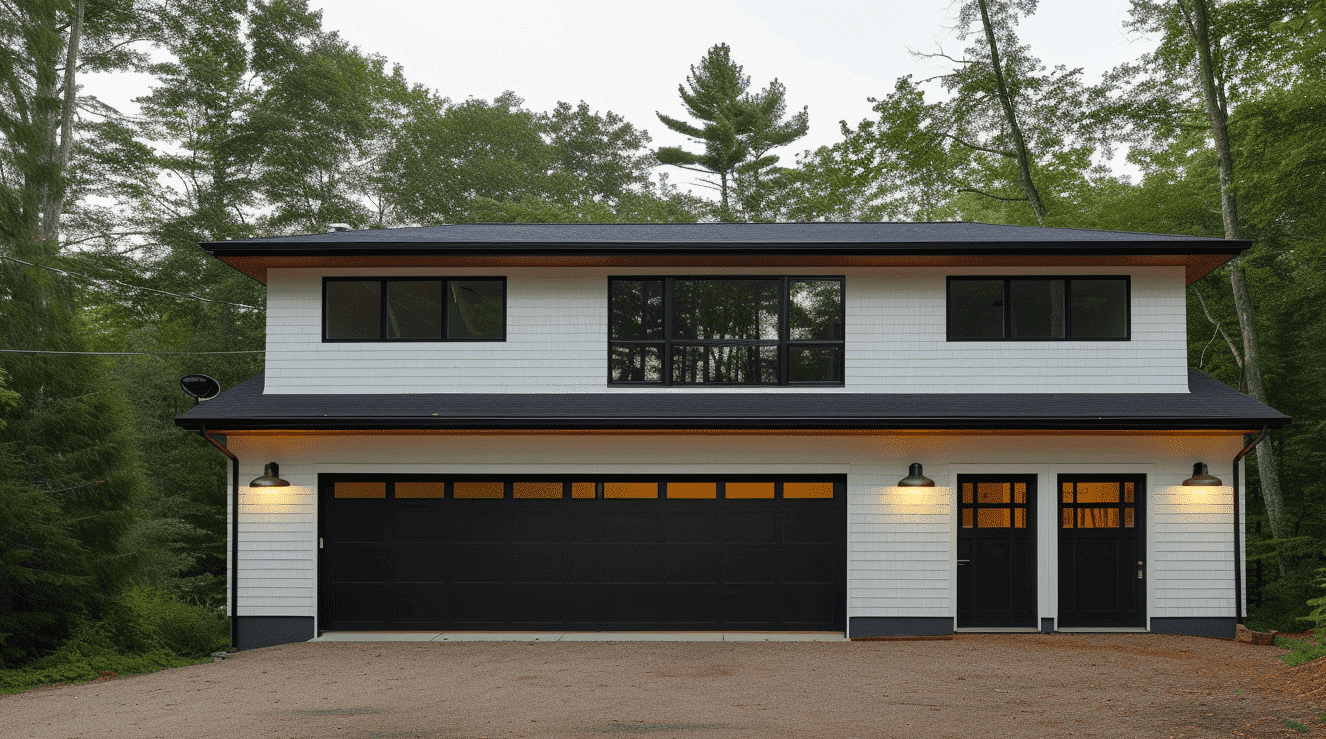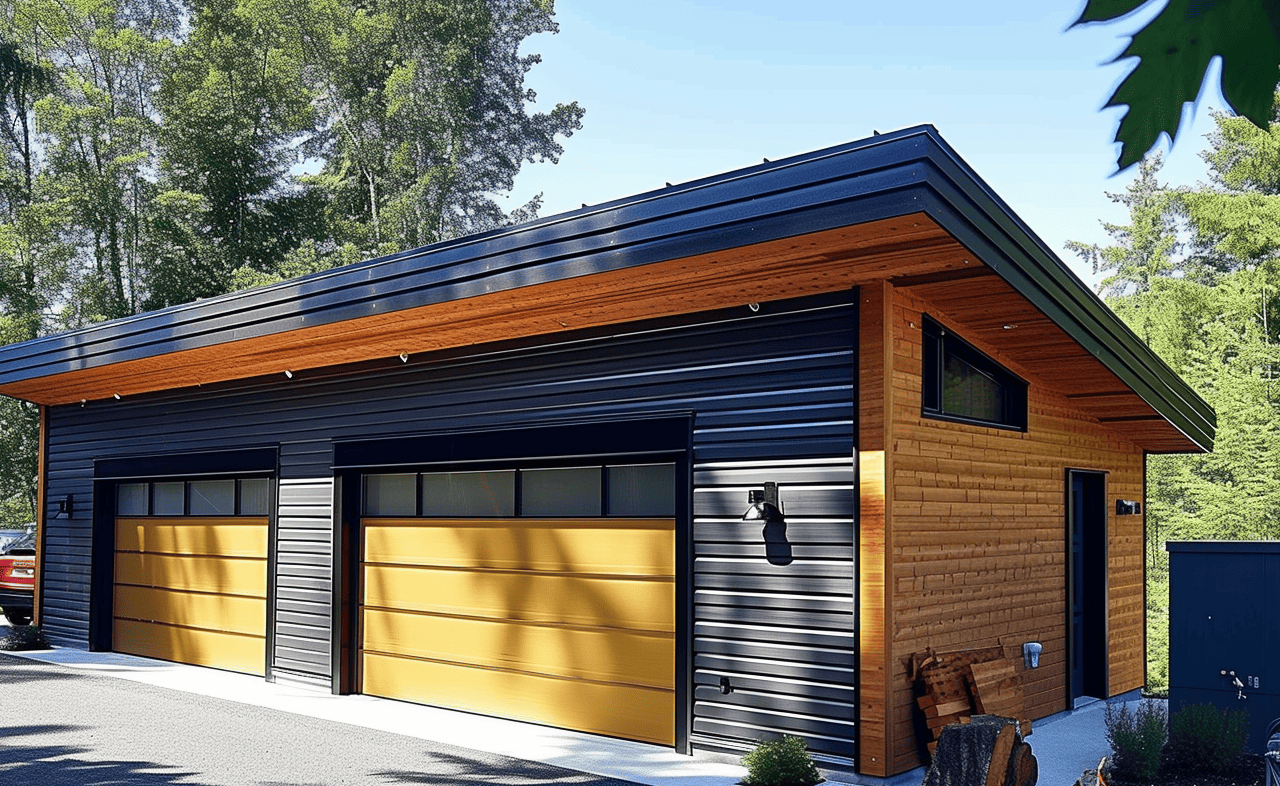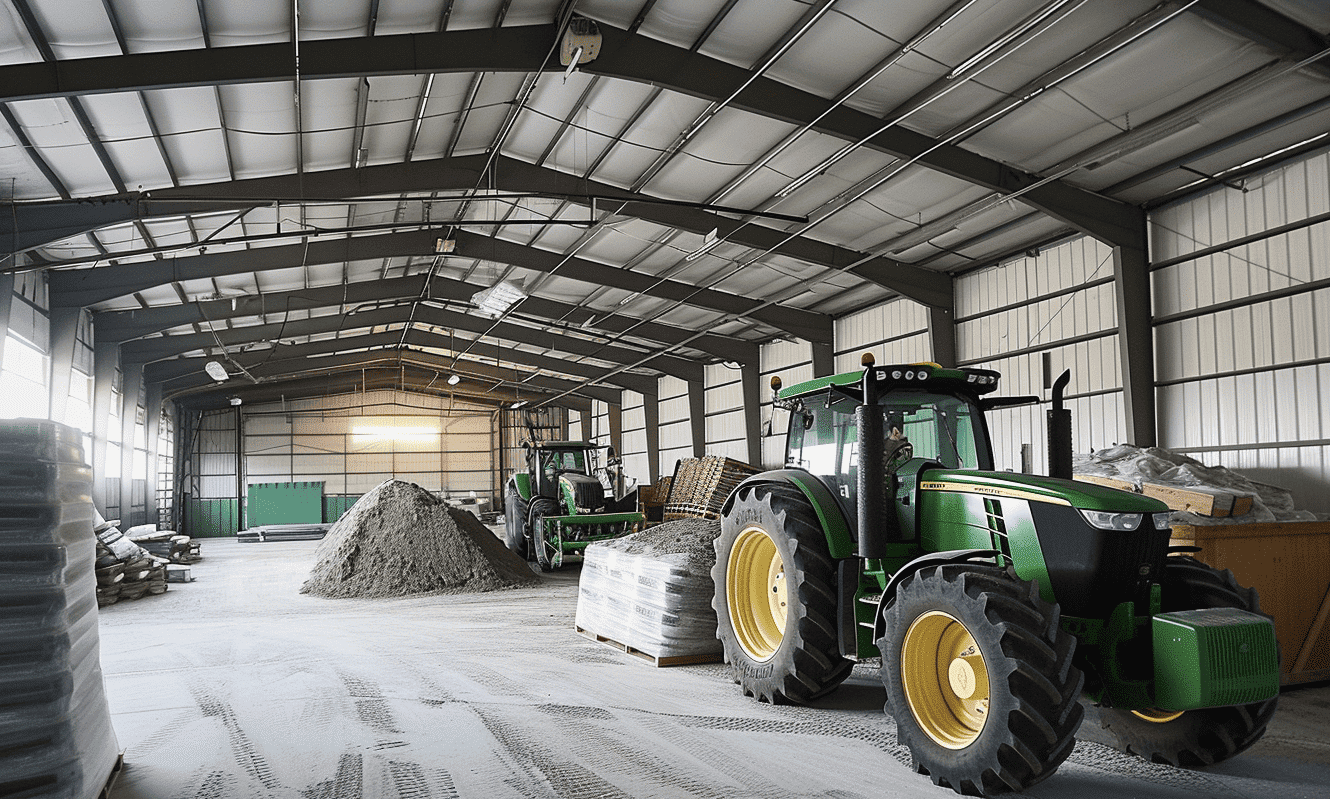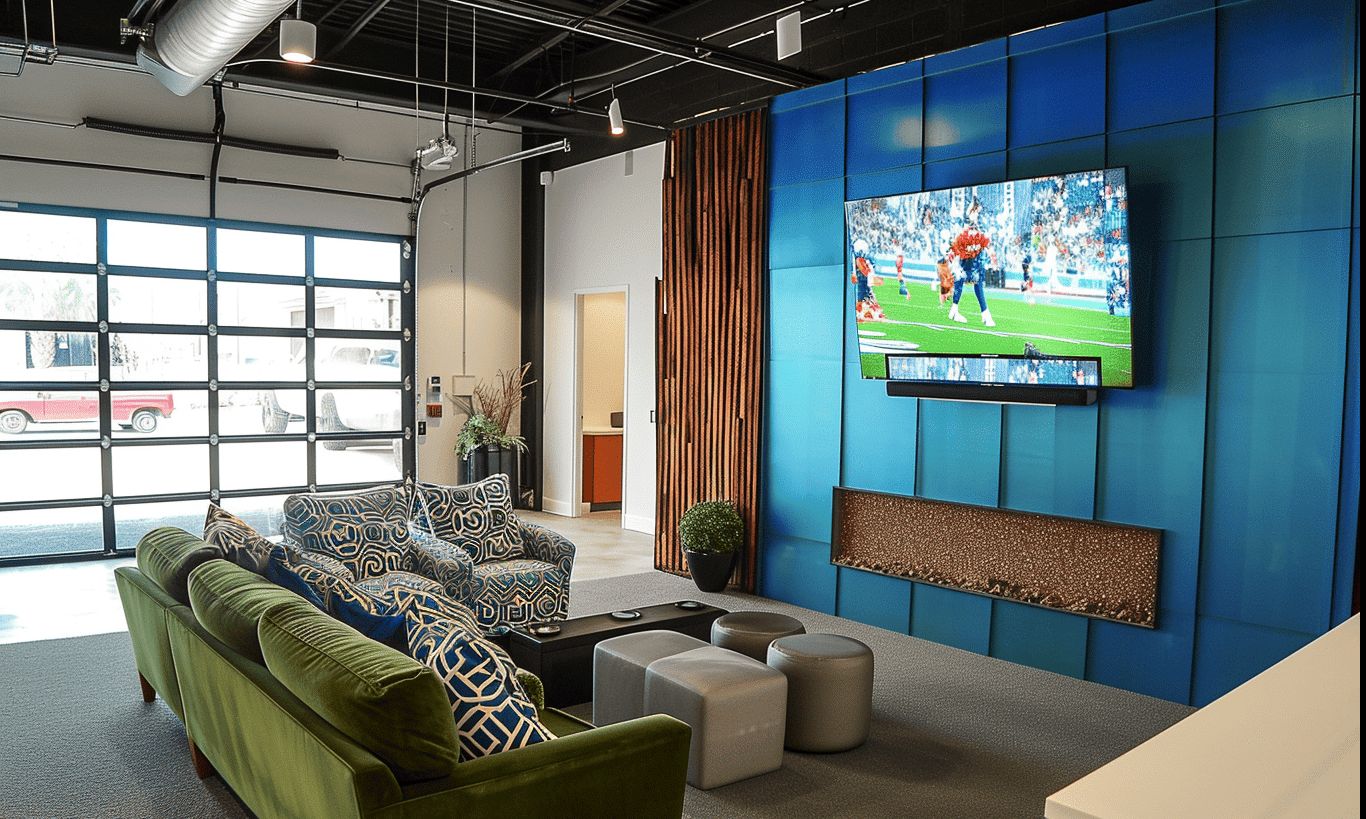Building multifamily housing is a bit like navigating a maze. Each twist and turn represents the rules and regulations that come with ensuring your project is up to code. But how exactly does multifamily housing code compliance fit within this intricate building process? Let’s embark on a journey to understand the essentials of code compliance in multifamily housing projects.
Understanding the Building Code Basics
Before digging into the unique aspects of multifamily housing code compliance, it’s important to grasp the foundational elements of building codes. Essentially, building codes are sets of regulations that specify the standards for constructed buildings. These codes encompass various dimensions, from structural integrity to safety measures such as fire resistance.
In the complex dance of ensuring building code compliance, who exactly takes the lead? The roles related to building code enforcement roles are typically divided among municipal authorities, engineers, architects, and developers. Each party plays a crucial role in ensuring that multifamily constructions are up to code and safe for occupants.
The Intricacies of Multifamily Housing Code Compliance
Multifamily housing developments, unlike single-family homes, come with a unique set of challenges. These dwellings must not only adhere to the same basic codes that apply to other residential construction projects but also meet additional requirements. The layout, for example, includes shared spaces like corridors and stairwells, requiring rigorous attention to fire safety, accessibility, and noise control.
Did you know that multifamily housing projects might also need to account for specific regulations guided by the Canada Mortgage and Housing Corporation? This adds another layer of complexity to the process of ensuring compliance.

Addressing Noise and Environmental Concerns
Ensuring a peaceful co-living environment in multifamily housing is a top concern for developers. One way toward harmony is enforcing construction noise regulations. These guidelines help manage construction noise levels, ensuring they don’t interfere with the community’s quality of life. Imagine living next to a construction site where drills run from dawn till dusk! Strict regulations and best practices serve as an essential tool to mitigate such disturbances.
Furthermore, environmental considerations, such as controlling emissions and properly managing waste, play a significant role in compliance. Authorities often require detailed environmental assessments before embarking on these projects to minimize any potential adverse effects on the surroundings.
Space Utilization in Multifamily Housing
One of the distinctive aspects of multifamily housing is efficient space utilization. While commercial steel buildings in Ontario might prioritize broad, open space for diverse applications, residential constructions focus on maximizing living areas while maintaining compliance. It’s an art to balance utilitarian and aesthetic elements, all while sticking to the rules.
For instance, the integration of modern amenities such as gyms or coworking spaces requires careful consideration of structural codes and safety regulations. Every square inch counts and must serve a purpose without infringing on code requirements. This often involves a detailed understanding of every nook and cranny safe from regulatory infractions.
Fire Safety and Accessibility Requirements
Topping the list of multifamily housing code compliance priorities are fire safety and accessibility. Fire safety measures are stringent, with regulations outlining installation guidelines for alarms, extinguishers, sprinklers, and exits. Beyond meeting basic safety measures, it’s critical that these features are incorporated in a way that allows ease of access for all occupants, including individuals with disabilities. Building planners are tasked with ensuring these installations are compliant while remaining straightforward and user-friendly.
The design principles of accessibility are also enforced through mandates such as those provided by the residential construction codes. Adapting the building for wheelchair users, installing ramps, and ensuring lift access are examples of how accessibility requirements shape these living spaces.

Overcoming Compliance Challenges
What are some strategies for navigating the challenges of multifamily housing code compliance? The answer lies in a mix of early planning, meticulous documentation, and ongoing communication with code enforcement officials. By engaging with knowledgeable consultants and experienced architects, developers can anticipate potential issues and address them before they become costly hurdles.
Dividing the workload is another key strategy. When projects are large and complex, assigning experts to various components, such as plumbing, electrical systems, or structural integrity, can help maintain focus and compliance in each area.
Continuous Learning and Adaptation
Like any other facet of construction, multifamily housing code compliance is not static. Codes evolve to reflect contemporary concerns, technological advancements, and learnings from past incidents. Ensuring compliance requires an approach rooted in ongoing education and adaptation.
With technology advancing rapidly, developers can leverage new tools and methodologies to streamline the compliance process. Access to real-time updates, software solutions for design assessment, and automated systems for documentation are examples of how technology aids compliance efforts.

Conclusion: The Road to Code Compliance
Multifamily housing code compliance is more than a set of guidelines; it’s a commitment to creating safe, comfortable, and harmonious living environments. As we’ve uncovered, this process involves careful consideration across various fronts—from structural integrity and fire safety to noise management and environmental stewardship.
Building code compliance in multifamily housing is about weaving together a tapestry where each thread represents a unique element of safety and comfort. With the right approach, led by informed professionals and driven by ethical responsibilities, multifamily constructions can perfectly embody both compliance and livability.
Indeed, when done correctly, navigating this complex labyrinth of building codes can lead to fulfilling, sustainable residential communities where occupants thrive. As every developer, architect, and project manager knows, the true measure of success is found in the peace of mind knowing the buildings they craft are not only up to code but exceed expectations.










